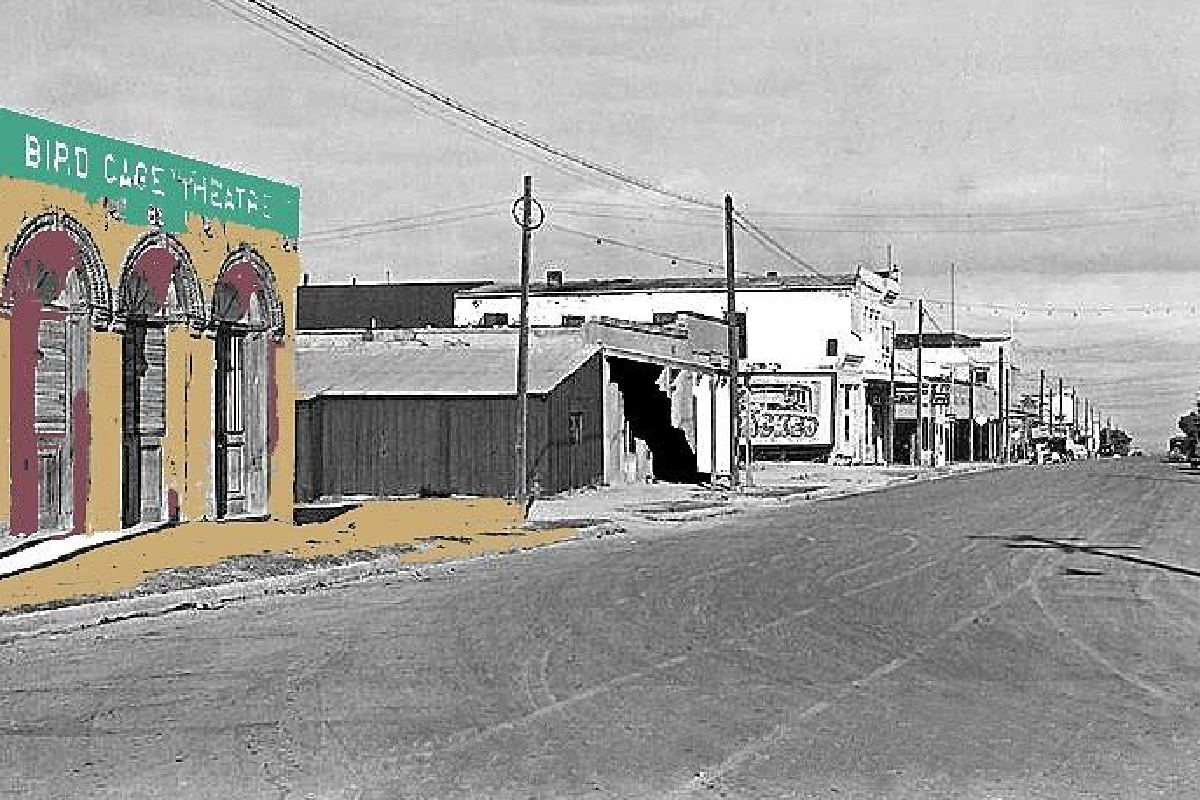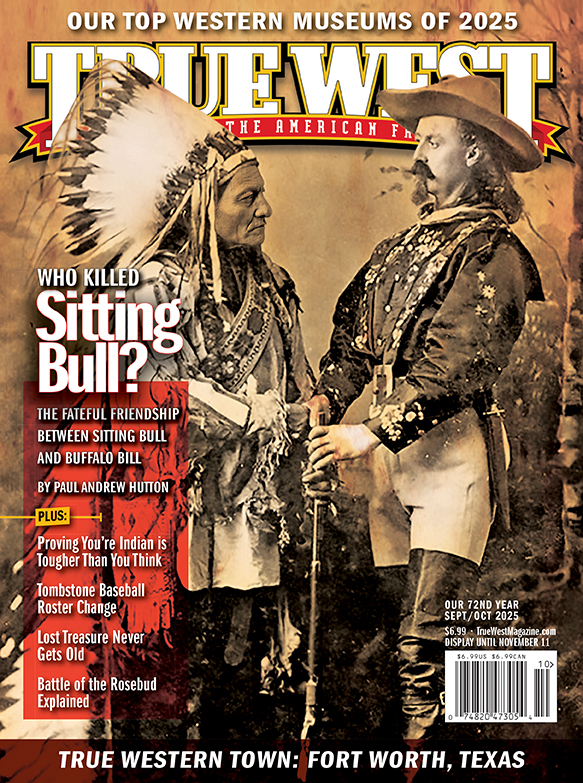
They began to have seepage in the mines in the early 1880s. During the mid-1880s the mines penetrated the water table and the companies invested in Cornish Pumps but on May 26th, 1886, a fire struck the Grand Central Hoist and pumping plant burned. It was not profitable to replace the costly pumps. About that same time, thanks to the Sherman Anti-Silver Purchase Act, and the government curtailed the buying of silver, the price fell to .90 an ounce. By 1890 Tombstone’s population was 1,900, down from a peak of about 14,000. By 1900 it had dropped to just seven hundred. The all-time low was 646 in 1910. About the only thing that sustained Tombstone was the county seat and it lost that to Bisbee in 1929. But, Tombstone was as they say, too tough to die. That was the year the citizens staged first Helldorado, celebrating the town’s colorful past. Among the guests were former mayor and Epitaph editor, John Clum and former Cochise County deputy sheriff Billy Breakenridge.




